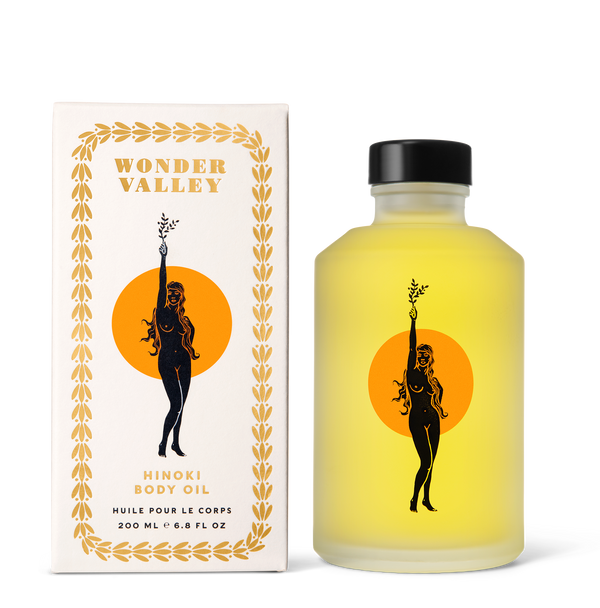
A Soak with Greta Rybus
Greta Rybus is a photojournalist based in Maine. She possesses a phenomenal ability to document “human experiences of the natural world” finding both vulnerability and magnitude in every image she creates. On the occasion of her new book, “Hot Springs,” we spoke to Greta about bathing rituals, the challenge of taking photos in steamy places, the kindness of strangers, and the tension between tradition and modernity.





Hot springs are a very direct way to experience the body and nature. They showcase the miraculousness of this planet and all it provides for us. But it wasn’t until I was working on the book and asking questions about how they were utilized and managed that I realized how much we have to learn from both the water and from the people connected to them. In gathering those stories, I got to see examples of collective management, land reparations, and communal stewardship.
So much of the book comes from growing up visiting hot springs regularly, first in Idaho and the American West and then as a teenager when my parents got teaching jobs in Northern Japan.
I traveled cautiously as the world coped with the years after a pandemic. I read news stories about violence and upheaval. But, I was struck by how peaceful the world can still feel. I was met with kindness. People told me about their beloved hot springs, and they said yes to being photographed in their swimsuits or in the nude.
I was looking forward to photographing a very old and well-known onsen in Japan, famous for its massive size. I’d heard word of this legendary place and had seen amazing photographs of it, likely taken a decade or two ago. I wrote the onsen managers to get permission to photograph, and after some negotiation, they agreed that I could have a few minutes to make photos at opening time as the day’s first bathers shuffled through the changing rooms and into the onsen. I quickly realized that the closed windows and cold exterior temperatures made the room thick with steam, I couldn’t see the space fully and clearly, and my lens fogged immediately. I was able to use some of my defogging tricks and came away with some images I liked, but there was a big difference between the images I had envisioned and the images I made. Photography often feels like collaborating with the world in ways that are both within and out of our control.
There are photos that have a total sense of alignment that borders on euphoria…an aha moment, some little breakthrough with light or composition. It feels like suddenly being able to produce a new sound from an instrument you’ve been playing for years. There are several images in the book that felt like that: a complete alignment or a new direction. I wonder if people can sense that in the images.
Hot springs are places that can't be completely tamed or controlled. Sometimes hot springs are gritty, smelly, slippery, or steamy. I heard from folks that they loved hot springs because they tend to change so little. There is value in keeping things simple, humble, historical, or accessible. There are also lessons to be learned in looking towards nature or history for solutions for our challenges. Do we always need to seek change? When do we yield to nature, make it the priority? What does progress actually look like?
I anticipated that the cover would be a landscape, or a person within a landscape. But with the great diversity of hot springs, how could I pick one image that represented the whole? It felt more interesting and apropos to choose an abstract. To me, the tile made warped and wiggly by the water represented the overall theme of the book: how people and our culture are shaped and moved by the water. I liked that the image represented a human-made design under the influence of nature.
A bathing ritual is as simple or complex as we choose it to be, and most of the time, it’s really just being in hot water. Throughout my life, I’ve been a bath person. I just plop myself into hot water. It’s all I really need to feel warm, soothed, and content.
Spending two years in Japan as a teenager shifted my perspective of the bath. I see the bath and shower as two different things: a shower is for cleansing the body and the bath is meant for calming it. I think altering the temperature of the body is a way to feel truly alive.
Hot springs are very intense: there's heat, minerals, and a sense of power to them. But, they make people feel slow and gentle. I like that combination. I can often work with a lot of intensity and I forget to be slow and soft. Some of my favorite photographs in the book were made in moments in which I’d stopped to soak for a while with my camera close by. Because I’d slowed down, my perspective shifted.
For a deeper dive into the natural, the man made, and the culture around hot springs - read Greta's visually striking book Hot Springs.






